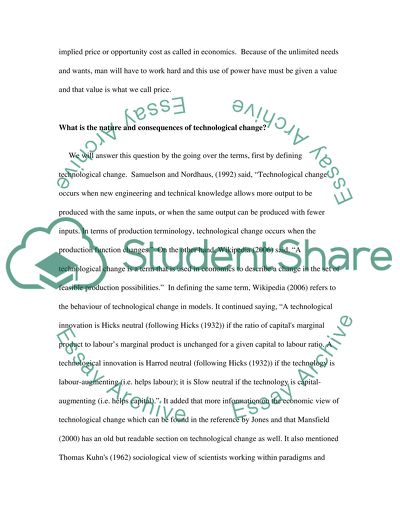Cite this document
(“How Well Does Economic Theory Describe the Nature And Consequences of Essay”, n.d.)
How Well Does Economic Theory Describe the Nature And Consequences of Essay. Retrieved from https://studentshare.org/technology/1538313-how-well-does-economic-theory-describe-the-nature-and-consequences-of-technological-change
How Well Does Economic Theory Describe the Nature And Consequences of Essay. Retrieved from https://studentshare.org/technology/1538313-how-well-does-economic-theory-describe-the-nature-and-consequences-of-technological-change
(How Well Does Economic Theory Describe the Nature And Consequences of Essay)
How Well Does Economic Theory Describe the Nature And Consequences of Essay. https://studentshare.org/technology/1538313-how-well-does-economic-theory-describe-the-nature-and-consequences-of-technological-change.
How Well Does Economic Theory Describe the Nature And Consequences of Essay. https://studentshare.org/technology/1538313-how-well-does-economic-theory-describe-the-nature-and-consequences-of-technological-change.
“How Well Does Economic Theory Describe the Nature And Consequences of Essay”, n.d. https://studentshare.org/technology/1538313-how-well-does-economic-theory-describe-the-nature-and-consequences-of-technological-change.


